An analysis by leading housing data provider RealtyTrac shows that homes owned by single men on average are valued 10 percent more and have appreciated $10,112 (16 percent) more since purchase than homes owned by single women.
The analysis covered more than 2.1 million single-family homes nationwide owned by either single men (1,139,493) or single women (1,011,572) based on public record tax assessor data collected by RealtyTrac. To view a graphic detailing the key points, click here.
The average estimated current market value of homes owned by single men was $255,226 — 10 percent higher than the average current market value of homes owned by single women ($229,094).
Homes owned by single men have gained an average of $63,921 since purchase, a 33 percent return on purchase price. That was $10,112 (16 percent) more than the average $53,809 gain since purchase for homes owned by single women, a 31 percent return on purchase price.
“Women earn less than men on average — 19 percent less in 2015, according to the Bureau of Labor Statistics — giving them less purchasing power when it comes to buying a home,” said Daren Blomquist, senior vice president at RealtyTrac. “So it’s not surprising to see the 10 percent gender gap in average home values between single men and single women homeowners; however, the slower home price appreciation for homes owned by single women demonstrates that less purchasing power is also having on a domino effect on their ability to build wealth through homeownership as quickly as single men.”
Housing gender gap widens with more years of homeownership
Among homes owned for at least 15 years, those owned by single men on average had a current market value of $288,912 — 17 percent higher than the average current market value of homes owned by single women: $240,166.
Homes owned for at least 15 years by single men have gained an average of $170,765 since purchase — a 145 percent return on purchase price. That was $36,496 more than the average $134,269 gain since purchase for homes owned at least 15 years by single women — a 127 percent return on purchase price.

Markets with biggest housing gender gap
Average values of homes owned by single men were the highest above average values of homes owned by single women in the District of Columbia (14 percent higher), followed by Florida (12 percent higher), West Virginia (12 percent higher), Wisconsin (12 percent higher), Texas (10 percent higher) and Alabama (10 percent higher).
There were three states where the average values of homes owned by single women were higher than the average values of homes owned by single men: Massachusetts (11 percent higher), Kentucky (2 percent higher) and Kansas (1 percent higher).
Average home value gains for homes owned by single men were highest above average home value gains for homes owned by single women in West Virginia (72 percent higher), Wisconsin (41 percent higher), Alabama (40 percent higher), Maine (35 percent higher) and Minnesota (34 percent higher).
There were eight states where single women homeowners have realized bigger home value gains since purchase than single men homeowners, led by New York (30 percent more), New Jersey (29 percent more), North Dakota (22 percent more), Massachusetts (11 percent more) and Virginia (8 percent more).
Single women tend to own homes in areas with a higher density of criminal offenders
The analysis also looked at neighborhood characteristics in ZIP codes with a higher share of single-men homeownership compared to neighborhood characteristics in ZIP codes with a higher share of single-women homeownership.
In ZIP codes with a higher share of single-women homeownership, the average RealtyTrac Registered Criminal Offender Index was 19.19 — 7 percent higher than the average index of 17.87 in ZIP codes with a higher share of single-men homeownership. The RealtyTrac Registered Criminal Offender Index is based on the number of registered criminal offenders (including sex offenders, child predators, kidnappers and violent offenders) as a percentage of total population.
Single women tend to own homes in areas with lower environmental hazard risk
In ZIP codes with a higher share of single-women homeownership, the average RealtyTrac Environmental Hazards Housing Risk Index was 45.69 — 23 percent lower than the average index of 59.40 in ZIP codes with a higher share of single-men homeownership. The RealtyTrac Environmental Hazards Housing Risk Index is based on the prevalence of five human-made environmental hazards: air quality, superfund sites, polluters, brownfields and former drug labs.

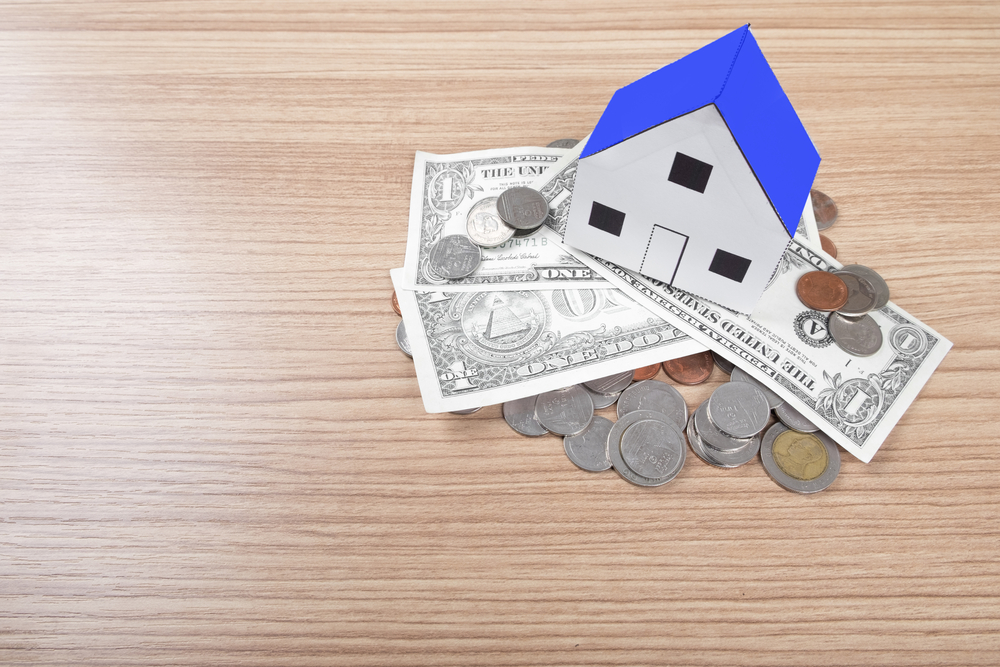


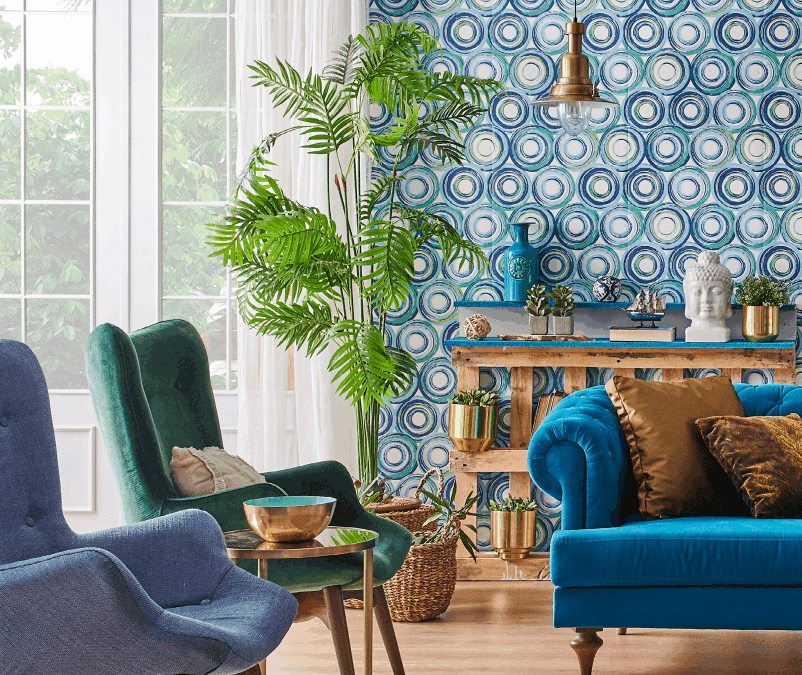


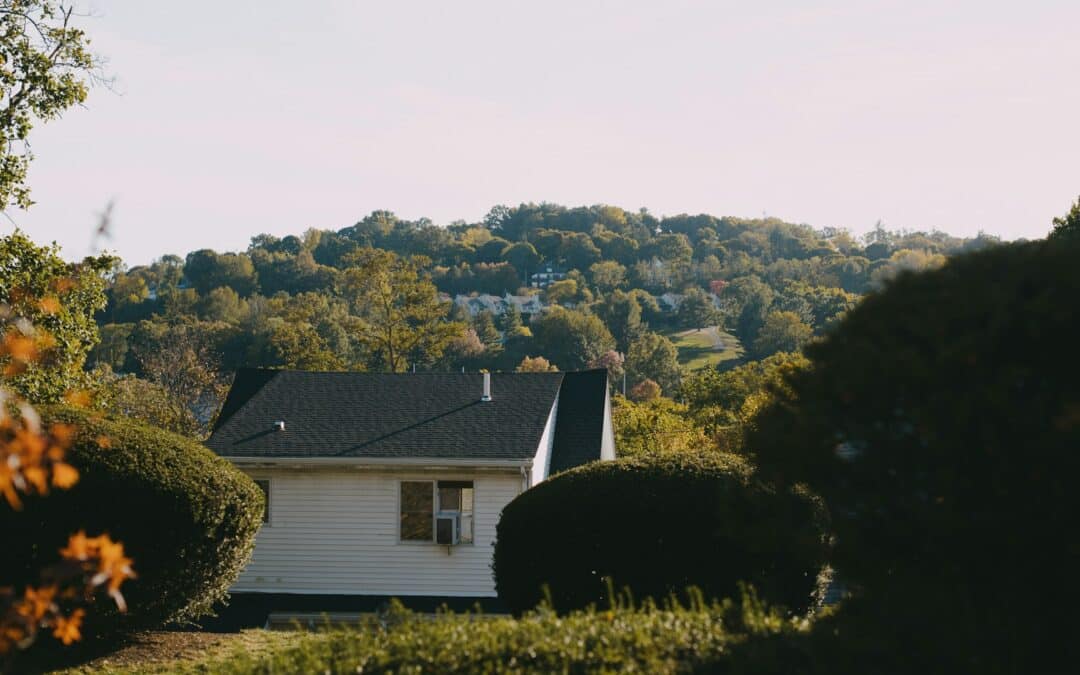


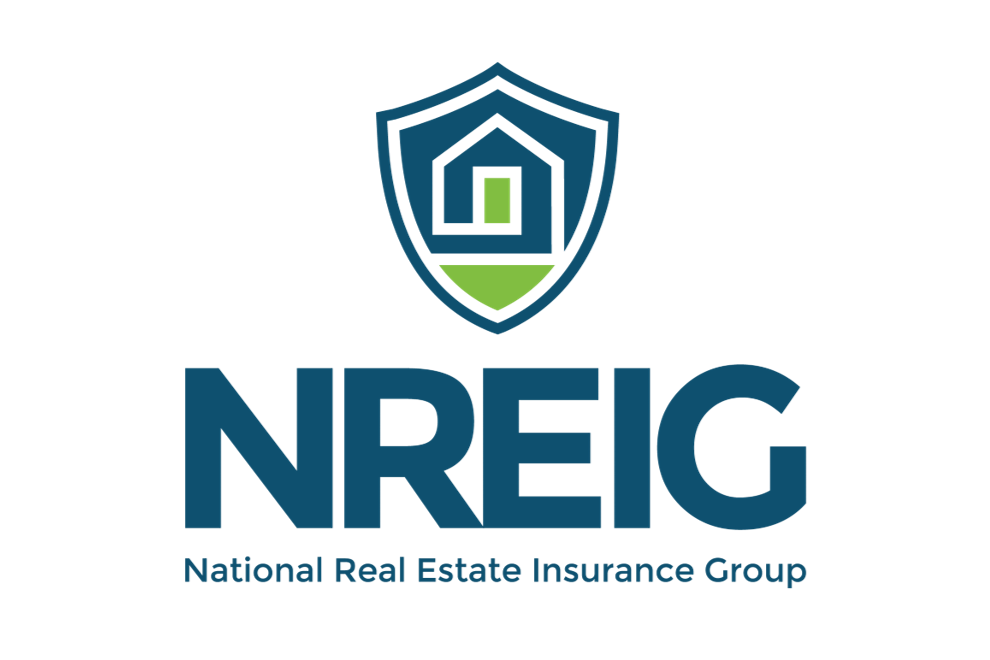


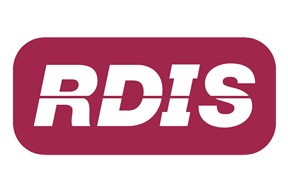
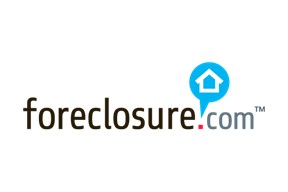




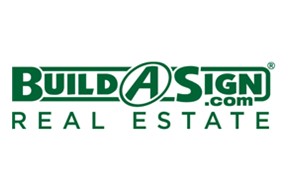


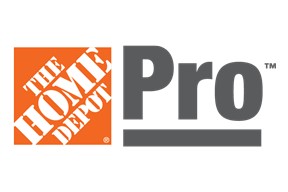

0 Comments